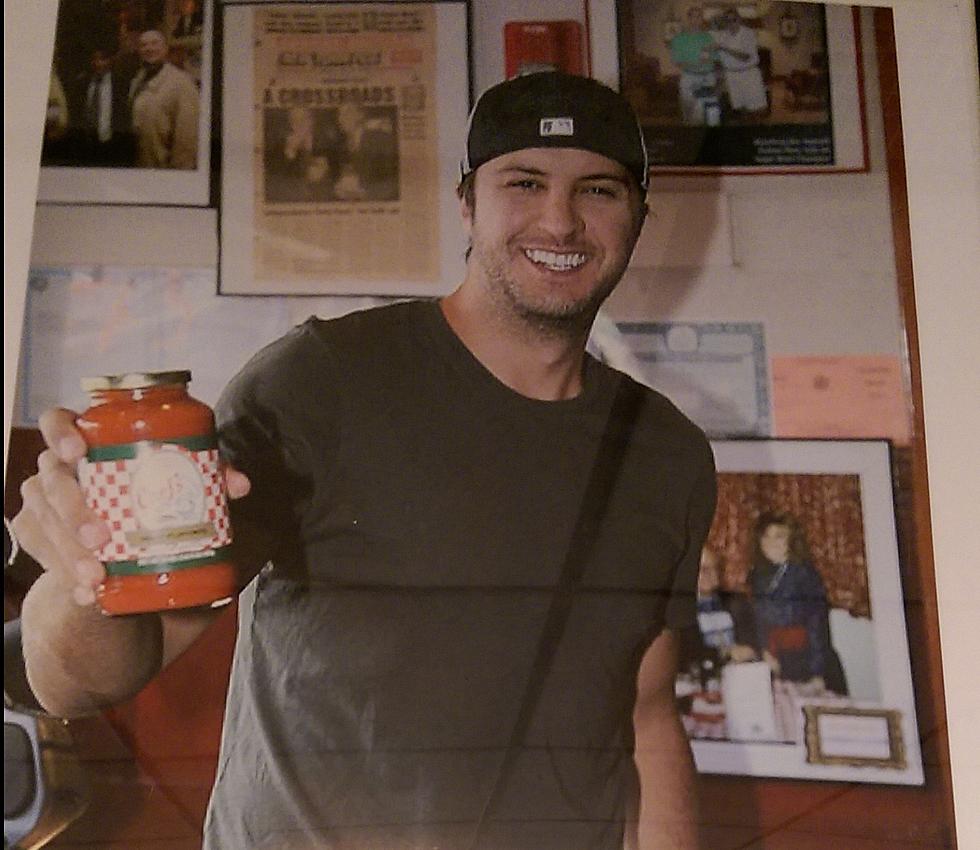
Preparing Olympic Ice Is An Art
We’ve been hearing so much about snow, or lack of it during the Winter Olympics in Sochi, Russia, one thing that might be overlooked is the ice that’s needed for the various sports. Hockey, figure skating, speed skating, figure skating, ice dancing and curling all use indoor arenas, but each sport needs a different kind of ice. Sure, it’s all frozen water, but just a slight change in temperature can make a huge difference. .
Figure skaters and ice dancers like a softer ice to absorb their landings during their double and triple axels. Speed skaters want a harder ice. The problem is they’re using the same arena and often the events are just a few hours apart.
The difference between a soft ice and hard ice is about five degrees. If speed skating events are in the afternoon, they can lay a thin layer of warm water on the ice to soften it for figure skating and ice dancing in the evening. If the events are the other way around they need several hours to lower the temperature of the ice for perfect speed skating conditions.
Two other arenas host hockey games at Sochi and the most important thing for hockey players is a smooth surface to keep the puck flat. The major problem in Sochi is the climate – it’s subtropical and as we’ve seen it can get warm and humid in the winter. That’s not a good thing for ice. Some players went with skates that were less sharp than normal because their skates were digging too deeply into the soft ice. When they resurface the ice between periods the Zamboni shaves the ice deeper than usual to remove the softest layer of ice on top.
Then there’s the curling center and that ice is entirely different. As Clay, Liz and I learned at the Niagara Falls Curling Club in Canada the ice surface is pebbled. The Ice Cube Curling Center in Sochi has four side by side curling sheets.
The most important part of the process of preparing the ice is when they spray warm water on it. They carry small water tanks on their back and it’s almost like spraying your lawn or garden. They spray a fine mist of water onto the ice that freezes on contact and when you walk on it, it feels like pebbles. The idea is to cut down on friction and control the speed and curl of the stones they use in the sport.
The success of the athletes is only as good as the ice they perform on and for the people who do the preparations, it’s an art.
More From 106.5 WYRK


![Homemade Air Conditioner For Whole House Or Single Room is Super Easy [VIDEO]](http://townsquare.media/site/10/files/2018/06/GettyImages-715702501.jpg?w=980&q=75)

![10 Barn Weddings You Can Have in Western New York [LIST]](http://townsquare.media/site/10/files/2016/05/Barn-Weddings-Getty.jpg?w=980&q=75)

![Look Where Buffalo Ranks in Top 10 Tailgate Cities [LIST]](http://townsquare.media/site/10/files/2015/10/Buffalo-Bills-Tailgating.png?w=980&q=75)
![The 6 Most Infamous Serial Killers From Buffalo and WNY! [List]](http://townsquare.media/site/11/files/2016/03/Police-Tape.jpg?w=980&q=75)
![5 Places That The Rest of America Wants From Buffalo [LIST]](http://townsquare.media/site/10/files/2019/10/RS9901_100538196.jpg?w=980&q=75)
